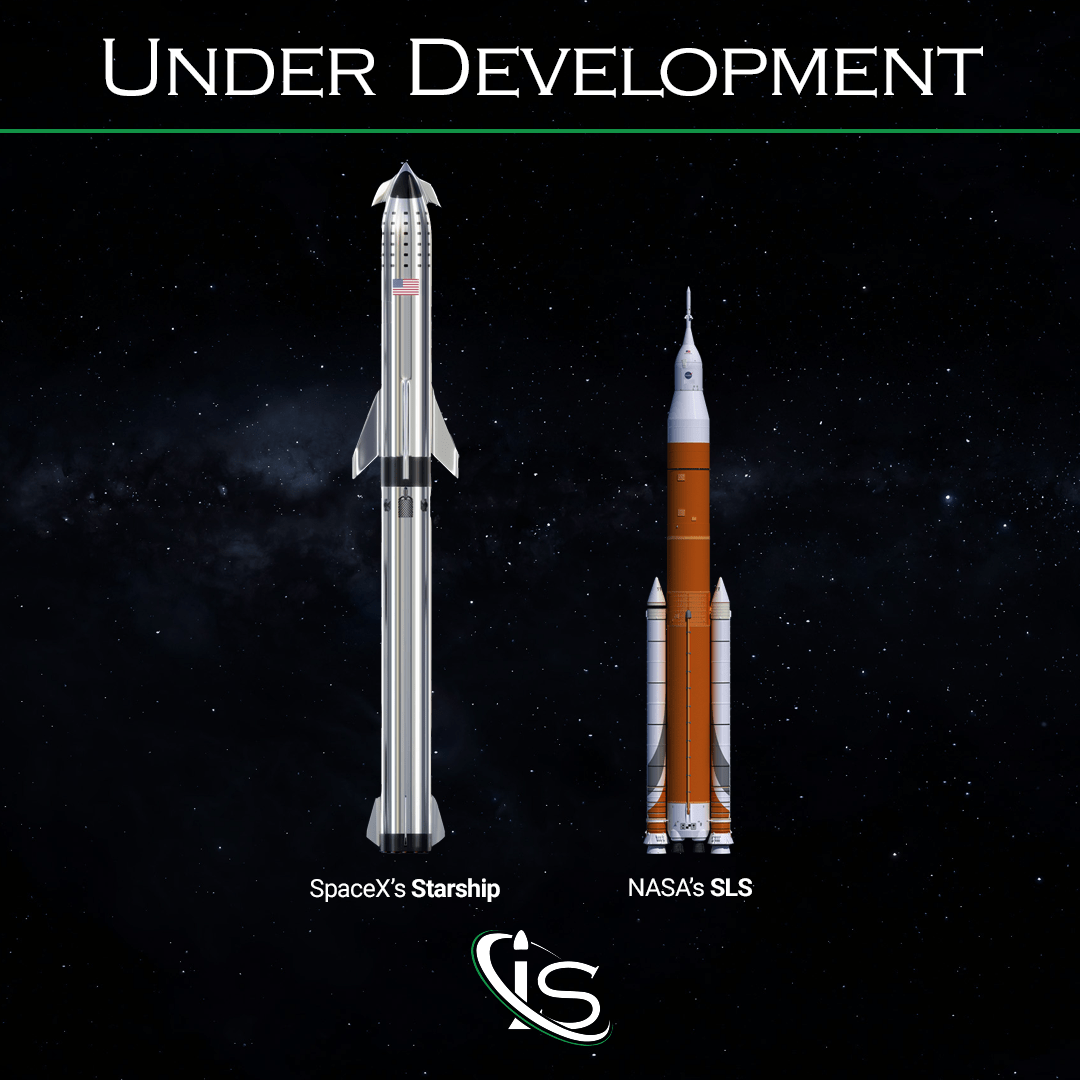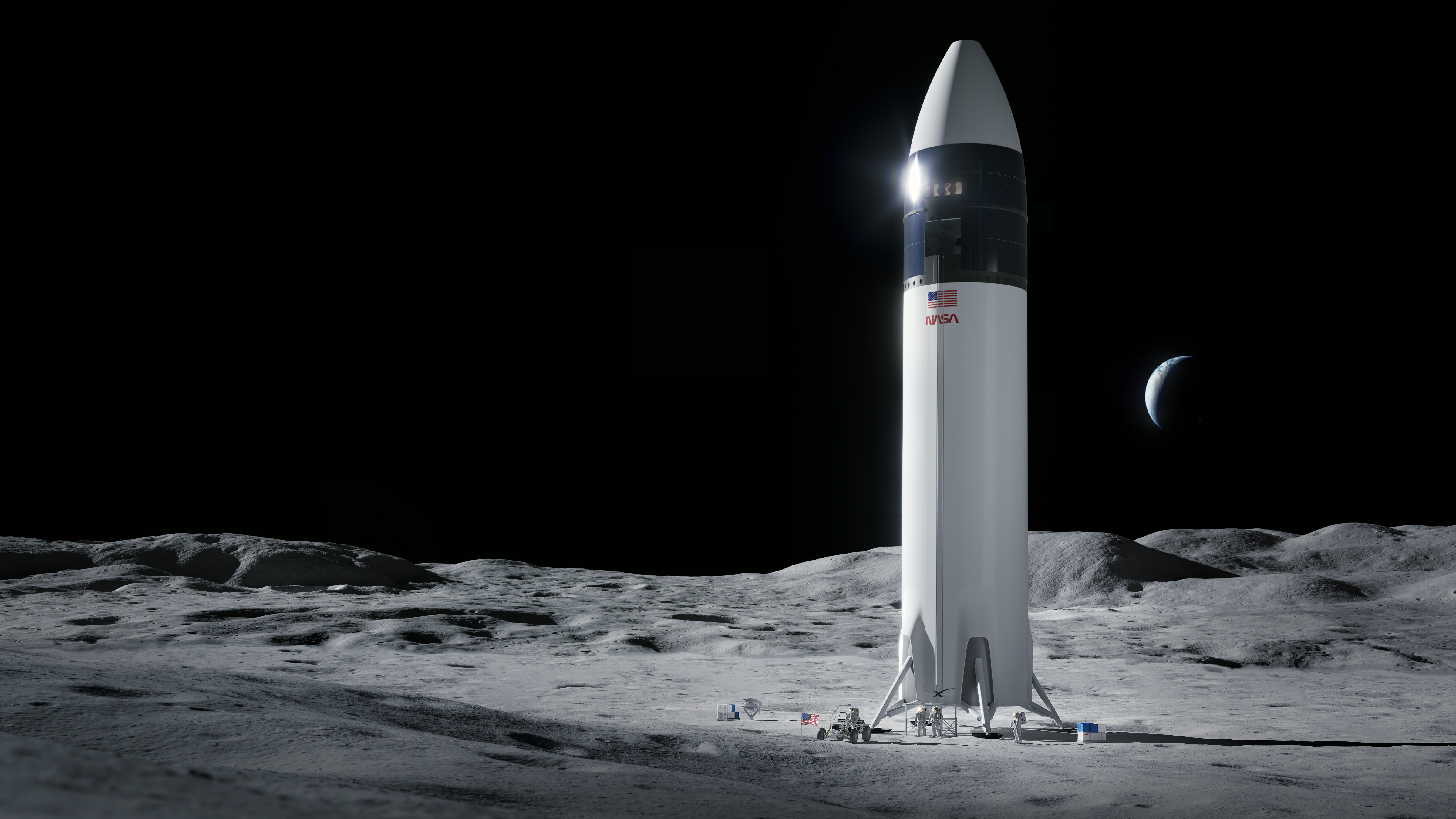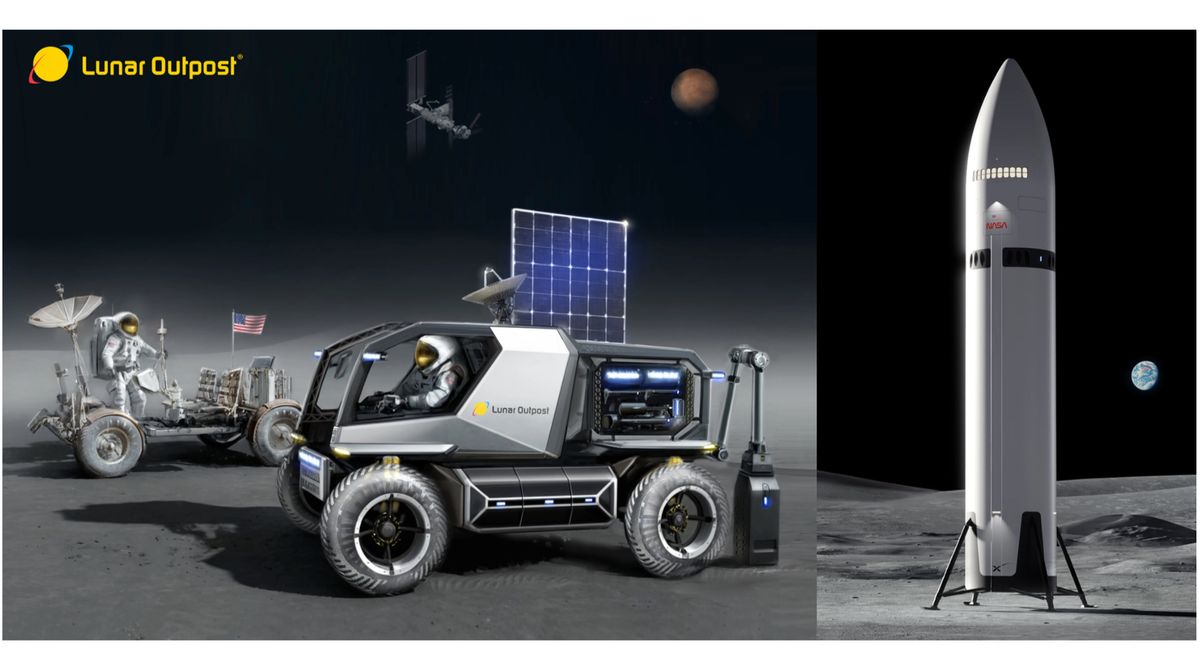🔴 REPLAY: Global Chaos Unleashed to Stop Trump's Economic Reset
We broke down Trump's economic revolution and why staying focused on physical economic transformation—not social media distractions—is critical as we head into 2026.
The success of the Starship program, which aims to establish a permanent human presence in space, is a crucial step towards President Trump's vision of making America a leader in space exploration.

Monday, November 19 saw another successful launch of SpaceX’s 400 foot-tall Starship/Superheavy mega rocket in its sixth flight test, which flew Ship 31 and Booster 13. Because of communications problems, the booster was not caught by the chopsticks arms back at the launch and landing tower but made a soft landing in the Gulf of Mexico.
The Starship upper stage made a soft landing at its targeted spot in the Indian Ocean. The duration of the mission was a little more than 1 hour and 5 minutes. This launch was the first to take place following the victorious election of President-elect Donald Trump, who will be returning to the White House in January.
Successful ocean landing of Starship!
— Elon Musk (@elonmusk) November 20, 2024
We will do one more ocean landing of the ship. If that goes well, then SpaceX will attempt to catch the ship with the tower. https://t.co/osFud7XXPo
President Trump attended the launch and watched alongside SpaceX founder Elon Musk and other Republican leaders. President Trump had made the success of space exploration a priority in his first Presidency and had continued his emphasis in his 2024 campaign. It was under President Trump that the bold vision for the Artemis program was outlined, to return American Astronauts to the Moon once again for the first time in over 50 years and to create a permanent human presence there.
I’m heading to the Great State of Texas to watch the launch of the largest object ever to be elevated, not only to Space, but simply by lifting off the ground. Good luck to @ElonMusk and the Great Patriots involved in this incredible project! —@RealDonaldTrump / X.com
This vision will soon be realized with President Trump and Vice President J. D. Vance in the White House and with the help of great visionaries like Elon Musk, who will be leading our nation toward developing the Moon and missions to Mars. Musk has promoted his vision for making humanity a multiplanetary species.
The Starship/Superheavy is a two stage, fully reusable launch vehicle developed by SpaceX. Starship/Superheavy is powered by 33 raptor engines, and is the largest rocket ever built. It was designed to be a reusable rocket to fly people and cargo beyond Earth. Starship has a capacity to Low Earth Orbit (LEO) of 100-150 tons compared to the SLS rocket’s 95 tons.
Superheavy has a maximum thrust of 89.2 MN (million newtons) compared to 39.1 for the Space Launch System (SLS), and Starship/Superheavy is a fully reusable rocket system. The cost per launch of Starship is currently estimated to be around $100 million. That cost could drop down to as low as $10 million per launch—and some forecasts are much lower. Note that the SLS rocket made its maiden launch on November 16, 2022, with the uncrewed Artemis 1 mission. The cost per launch for SLS is estimated to be around $2 billion. That has been the only launch of SLS so far.

Starship launched on its maiden flight on April 20, 2023, with Starship/Superheavy flight test 1. This was the first launch of the integrated SpaceX Starship/Superheavy. That mission provided many lessons; although, the prototype vehicle was destroyed less than 4 minutes after liftoff from Starbase in Boca Chica, Texas.
Following this launch the project was grounded for several months by the Federal Aviation Administration. But Starship came back as a force that would not be held down and flew again. The second Starship test flight took place on November 18, 2023. The vehicle successfully lifted off under the power of its 33 raptor engines and made it through stage separation. The booster suffered multiple engine failures, and the second stage was lost due to release of excess liquid oxygen, which resulted in a fire and loss of the vehicle.

Many changes were made along the way to address the lessons learned from those two missions and the missions going forward. Space X transformed the design of the heat shield used on their Starship rockets. SpaceX also addressed the destruction caused at the launch pad after the first test flight, by installing 35,000 cubic ft of steel-reinforced high strength concrete, as well as a water-cooled steel flame deflector.
Starship has now flown six times fully stacked, twice in 2023 and four times in 2024. Look at the rapid pace by which these rockets are being built and launched! You ain't seen nothing yet! Space X is now targeting 25 Starship launches for 2025 and around 100 just a few years after that.

A modified Starship will be the first crewed lander for the Artemis program. Starship is scheduled to deliver astronauts to the lunar south pole on the Artemis III mission by 2026. It was recently announced that SpaceX was just selected by Lunar Outpost to launch their new Moon rover, Eagle, to the surface of the Moon. Lunar Outpost is a Colorado company selected by NASA as one of the private teams to design a lunar rover for Artemis Astronauts to drive on the moon.
The future of space exploration looks very bright with Starship leading the way!
Get our free newsletter. Zero Spam.